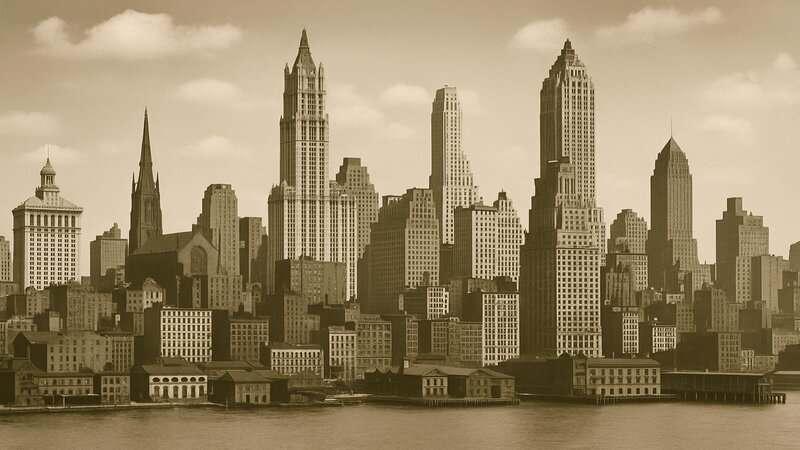3. Morris-Jumel Mansion (1765)

Nestled in Washington Heights, the Morris-Jumel Mansion is Manhattan’s oldest house and a true architectural gem. This stately residence once welcomed historic figures like George Washington and Aaron Burr, offering a rare glimpse into pre-Revolutionary life. Its blend of Federal and Georgian styles reflects both elegance and endurance, preserving centuries of stories within its walls. Explore more about its remarkable past and cultural significance at the Morris-Jumel Mansion.




















